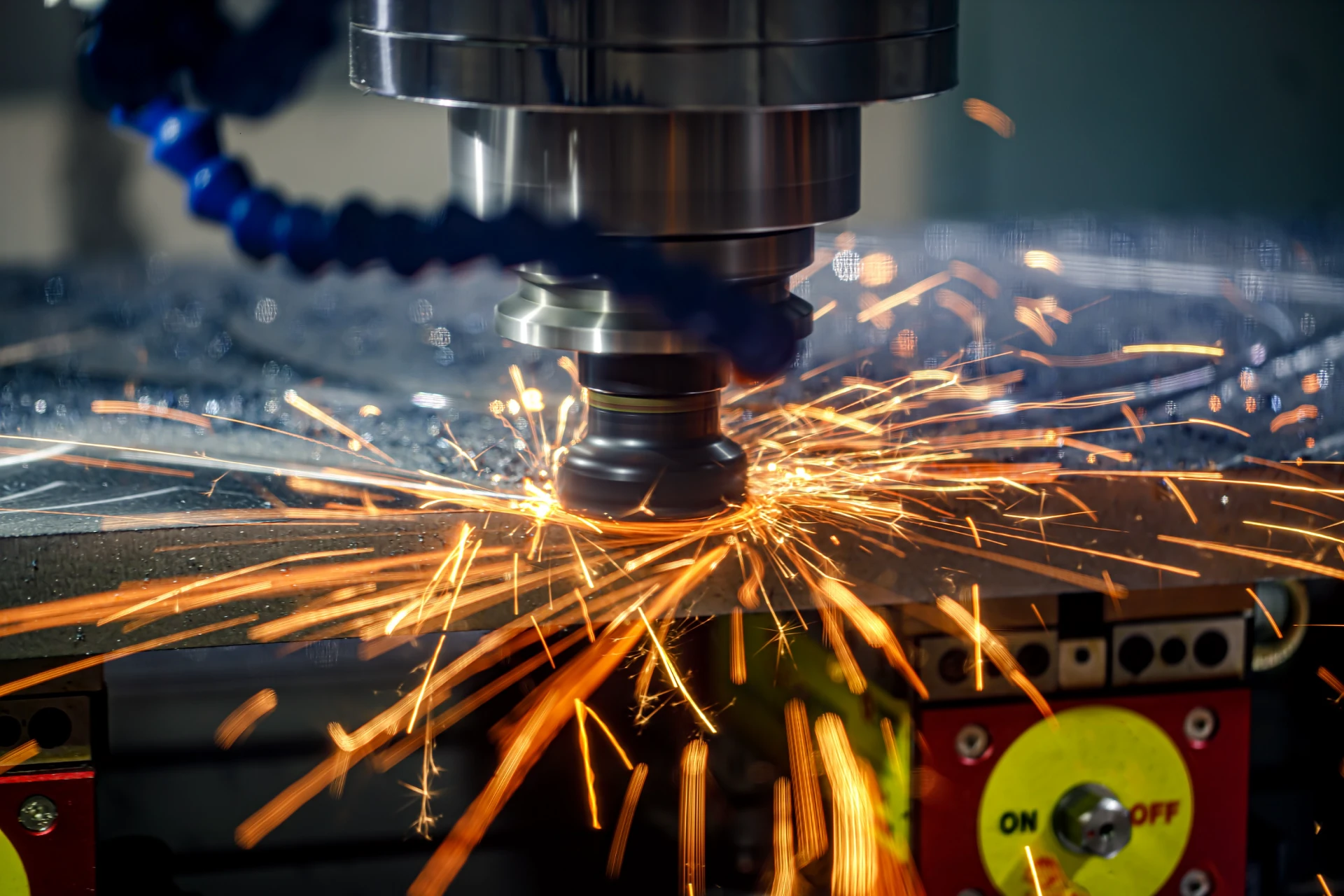precision casting process
Precision Casting Process An In-Depth Overview
Precision casting is a sophisticated manufacturing process that bridges the gap between traditional casting methods and cutting-edge technology. This technique is increasingly being utilized in various industries, including aerospace, automotive, and medical, where high precision and intricate designs are critical. The process not only enhances the quality of the final product but also significantly reduces material waste and production costs.
What is Precision Casting?
Precision casting, also known as investment casting or lost-wax casting, involves creating a detailed and accurate mold from a wax or polymer pattern. This method is characterized by its ability to produce components with complex geometries and tight tolerances, making it ideal for components that require a high degree of accuracy.
The process begins with the creation of a pattern, often made from wax, that replicates the final part’s shape. This pattern is then coated with a ceramic shell, which is cured and hardened to form a mold. Once the mold is ready, the wax is melted and drained away, leaving a precise cavity in the shape of the desired component. The molten metal is then poured into this cavity, and once the metal solidifies, the ceramic shell is removed to reveal the finished cast part.
Benefits of Precision Casting
One of the primary advantages of precision casting is its ability to produce components with excellent dimensional accuracy and surface finish. Tolerances can be as tight as ±0.005 inches, depending on the material and complexity of the part. This high level of precision reduces the need for extensive machining, thereby reducing production time and costs.
Additionally, precision casting allows for the creation of intricate designs that would be difficult or impossible to achieve through other manufacturing methods. The ability to produce thin-walled components without sacrificing strength makes this technique ideal for lightweight applications in industries such as aerospace and automotive.
Another significant benefit is material efficiency. The investment casting process generates minimal waste compared to traditional machining, where large blocks of material are cut away to achieve the final shape. This characteristic not only lowers material costs but also aligns with modern sustainability practices.
precision casting process

Applications of Precision Casting
Precision casting is employed in a wide range of applications due to its versatility. In the aerospace industry, components such as turbine blades, fuel nozzles, and structural parts are frequently produced using this method. The ability to withstand extreme temperatures and pressures makes precision-cast parts essential for the reliable operation of aircraft engines.
In the automotive sector, precision casting is used to manufacture critical engine components, transmission housings, and various other parts that require high strength-to-weight ratios. As the automotive industry shifts towards electric vehicles, the demand for lightweight, high-performance components continues to grow, making precision casting an attractive option for manufacturers.
The medical field also benefits significantly from precision casting. Intricate devices such as surgical tools, implants, and prosthetics require the highest levels of accuracy and reliability. Precision casting can produce customized solutions that meet rigorous health standards while ensuring the safety and satisfaction of patients.
The Future of Precision Casting
As technology continues to advance, the precision casting process is evolving to incorporate newer techniques and materials. Innovations such as additive manufacturing, which allows for the direct 3D printing of patterns or even molds, are enhancing the capabilities of precision casting. This integration is expected to further reduce lead times and costs while maintaining the high standards of accuracy required in various applications.
Moreover, advancements in materials science are leading to the development of new alloys and composites specifically designed for precision casting. These materials can offer enhanced properties such as improved corrosion resistance and higher strength, broadening the scope of applications for the process.
Conclusion
In conclusion, precision casting is a vital manufacturing process that offers numerous advantages, including high dimensional accuracy, complex geometries, and material efficiency. As industries evolve and demand for precision components grows, the role of precision casting in shaping the future of manufacturing is set to become even more prominent. With ongoing innovations in technology and materials, precision casting will continue to meet the demanding needs of various sectors, reaffirming its status as a cornerstone of modern manufacturing.
-
OEM Sand Cast Pump Valve Fittings - Baoding Hairun Machinery And Equipment Trading Co., Ltd.NewsAug.01,2025
-
Custom OEM Impellers | High Efficiency & PrecisionNewsAug.01,2025
-
OEM Sand Cast Pump Valve Fittings - Baoding Hairun Machinery | Customization, Quality AssuranceNewsAug.01,2025
-
OEM Sand Cast Pump Valve Fittings - Baoding Hairun Machinery And Equipment Trading Co., Ltd.NewsAug.01,2025
-
OEM Sand Cast Pump Valve Fittings - Baoding Hairun Machinery And Equipment Trading Co., Ltd.NewsJul.31,2025
-
OEM Sand Cast Pump Valve Fittings - Baoding Hairun | Precision Engineering, CustomizableNewsJul.30,2025















